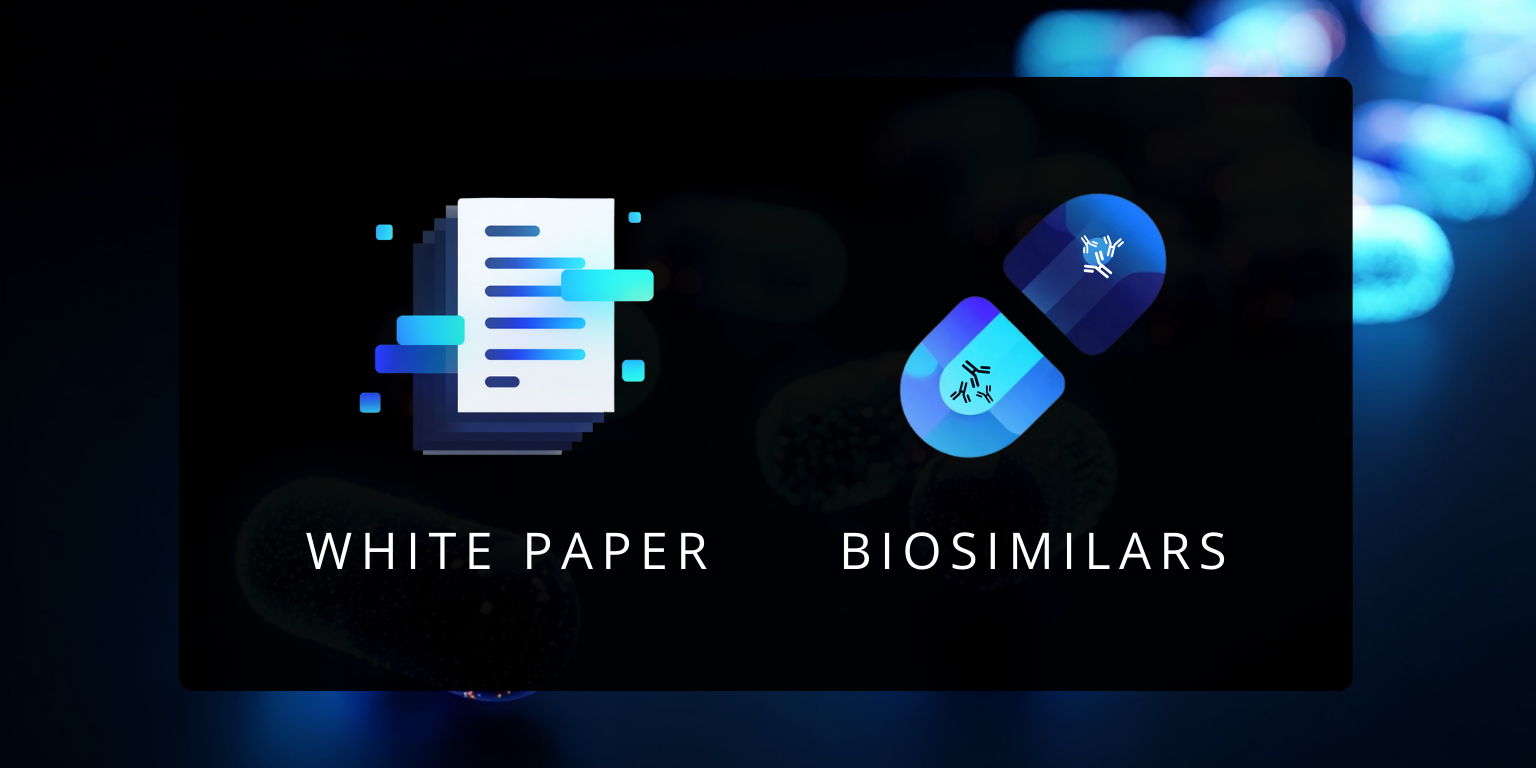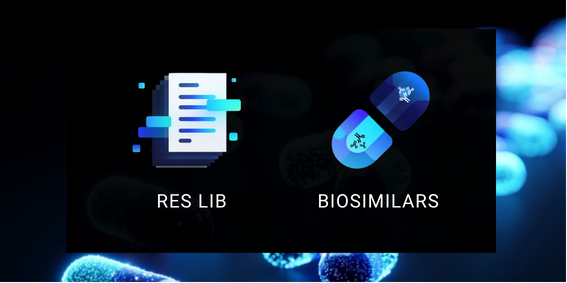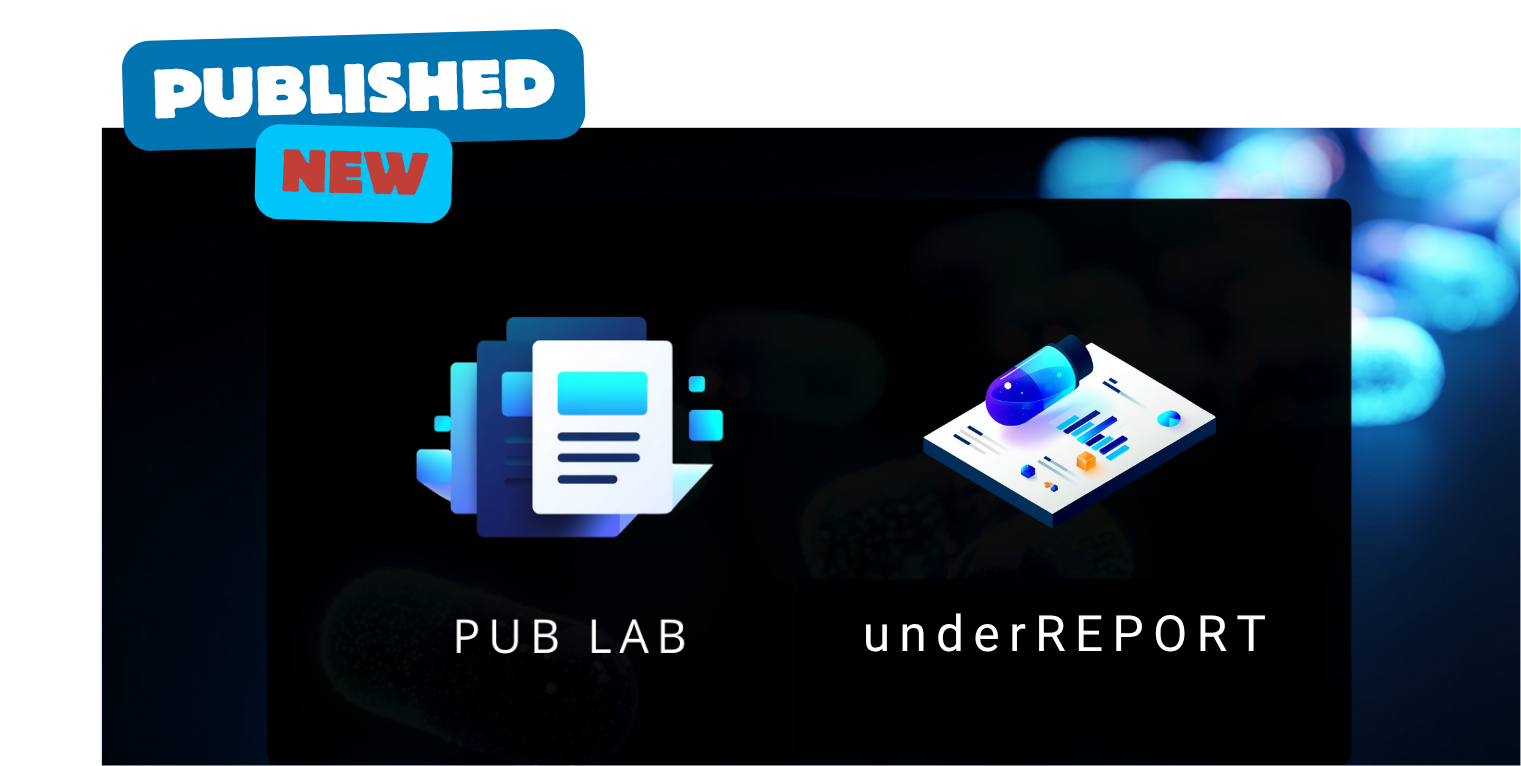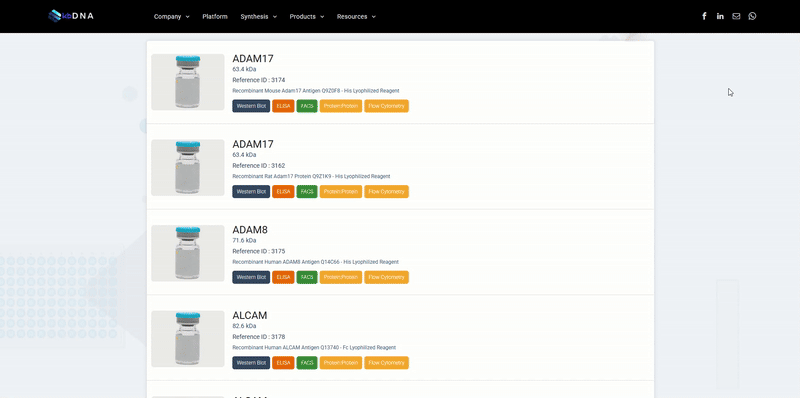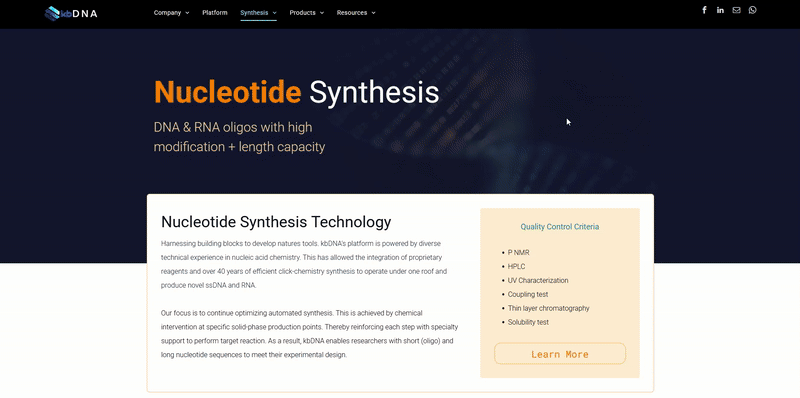It May Seem like It’s Raining Reagents, but It’s Only Companies with the Same Catalogs
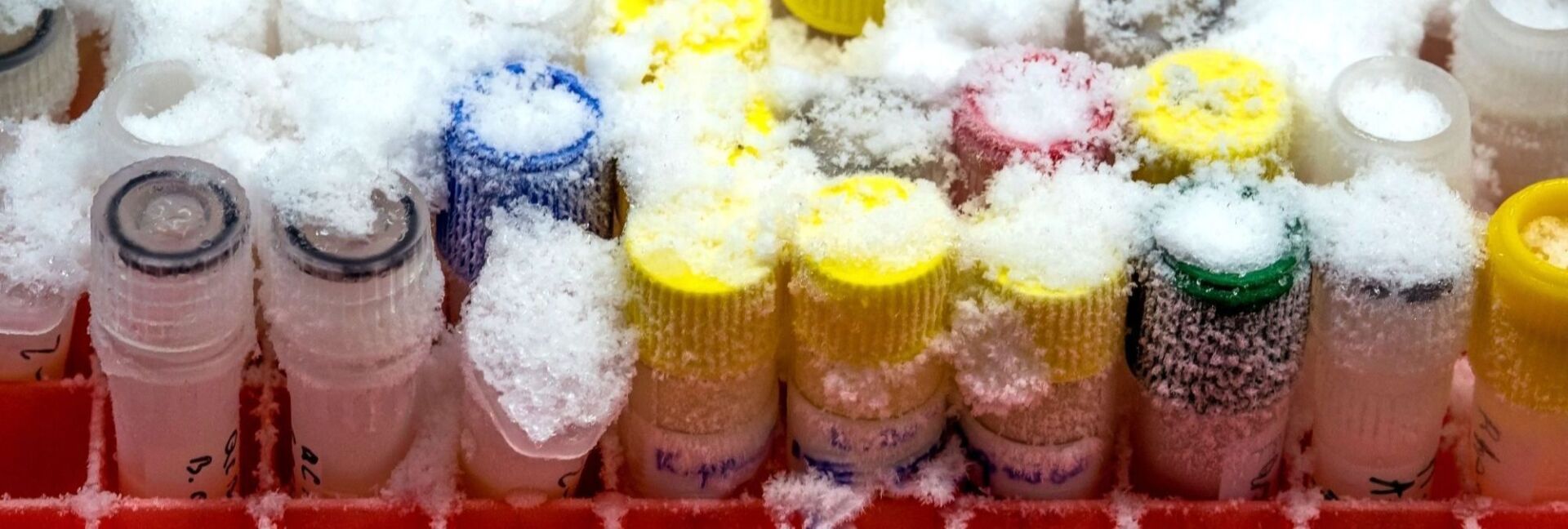
It May Seem like It’s Raining Reagents, but It’s Only Companies with the Same Catalogs
Understanding the factors limiting novelty in reagent supply chain
A high-pitched squeak of an expo marker being capped concludes the lab meeting. A collective exhale sweeps the room, confirming anxiety- induced by the reminder of the infinite workload and expectations. Before exiting, the investigator assigns a junior lab member with a task of finding a specific reagent that needs ordering. They accept and begins their search online. A few hours later, the lab member turns in a letter of resignation to pursue a career in human resources.
Obviously that was an exaggeration, but I cannot say that with complete confidence. Everyone knows reagents are growing in demand and marketing (check your Facebook ads). However, only few are aware of how complex this growth actually is. Many companies are attempting to address the challenges of sourcing proper reagents by way of ecommerce innovation - but they end up sedated in the same cycle as everyone else. This cycle sits Juxtaposed to the countless resellers, distributors and imitators in the supply chain- making it almost impossible to distinguish who is who and what is what. As biotechnology providers; our proactive involvement in multiple disciplines of bioscientific research has allowed us to analyze this phenomenon from a novel perspective.
Here Are the Factors Complicating Reagents:
1.The Term “Life Sciences” Is Too Broad
Have you ever met a researcher with the title “Life Scientist”? Chances are low. This is because the term term “life sciences” essentially means; any research profession, studying any bio-respective discipline. Life science itself is not a real discipline. It is the best community we have to integrate all the thriving interdisciplinary research fields, but it is not exactly “business-friendly”. Therefore, from a marketing perspective; treating life science professionals as one big customer is as successful as blindly asking every researcher you come across whether they are interested in your product.
2. Labeling Reagents
What constitutes a reagent is not well-defined. A reagent traditionally referenced chemical mixtures or specialty solutions. As molecular biology advanced alongside chemistry, “reagent” became the go-to term for categorizing commercial end products for; nucleic acids, antibodies, proteins - in addition to preceding products; bottled transfection and isolation formulas. Along with the inconsistent marketing, universal practices are arguably making these materials harder to utilize as products. Reagents are complex and obscure on their own. Their unique properties do more than just match them to a customer - they define them as components of nature.. We need to do better than generalizing as a means of converting complex material into sell-able products.
3. Marketing Resistance
Here's a fact that keeps supply chain up at night; scientists don’t care and it’s not their job to care about any reagent company or their promotional marketing. Even if they did, there is still the paradox of need. Need is by far the biggest limiting factor to all the ecommerce solutions. In bioresearch, reagents are bought when they are needed. Since we already established that reagents are very specific; need can be reintroduced as; ‘specific reagents are bought, only when their varying properties are a degree specific to the researchers varying requirements”. That was as hard to write as it was to read. In other words, a company must be able to relatively measure three pieces to meet demand; multiplexed reagent properties, the varying end-user requirements, and the acceptable degree of compatibility between the two. This is not your traditional supply and demand scenario. Some of these cases require biochemical calculations, expert intervention, prediction and strategy. Automating this process requires progress beyond the current AI machine learning, bioinformatics and relational software.
Such ecommerce tools are not even accessible to the technology titans like Amazon or Google. It will require something truly novel to jump the innovation curve and I think we will all recognize it when it happens. Meanwhile - providing literature, scientific diagrams, or sending newsletters may demonstrate educational value, but it will not influence a lab to buy a reagent it does not specifically need. Companies diverting to this content-type marketing approach also need to be cautious about the authenticity of their intentions. It turns out researchers are pretty good at identifying differences between genuine content and retraced figures from their old textbooks.
4. Innovation Demand
If a company relies on a market report suggesting the profitable opportunities in supplying reagents - their days are likely numbered. In Life sciences, the only thing reliable about these market reports (and financial forecasts) are their consistently poor accuracy rates. Their predictions are never close and far from being significant. Those wall street formulas are not designed to measure the volatile and variable factors of bioresearch. These factors are rooted into the infrastructure of scientific research. Their influence is capable of dramatically altering the direction of research and its commerce trends. Discovery and breakthroughs are the best examples. Their significance has promoted increased collaborations, adoption of interdisciplinary methods and an overall demand for innovation. We are a solution-based industry and there is no shortage of problems to solve. Whether a manufacturer, supplier, or researcher; they are expected to bring something to the table. Large catalogs and ecommerce tools are not solutions that predict success in this industry. Yet so many companies end up stuck in those directions. Solutions have to stay relative to the industry focus and the focus in research will always be; innovation.
Despite this narrative, a majority of reagent companies have a genuine interest in advancing research. The fact that there are players in your field that get excited over manufacturing is positive in itself. I believe there is a certain critique not being voiced among us and it is due to the lack of answers. We see a lot of other great companies with novel innovation complicate themselves-trying to overcome these hard problems. It may be time to agree that the solution will not be a single breakthrough innovation - but as a collaborative platform between all the players of supply/manufacturing. Whether it is improving practices between each other, promoting product data standards, or cross-functional collaboration; anything that helps prioritize our responsibility to the researcher. Which has always been to get them the products that work best for their experiments.
